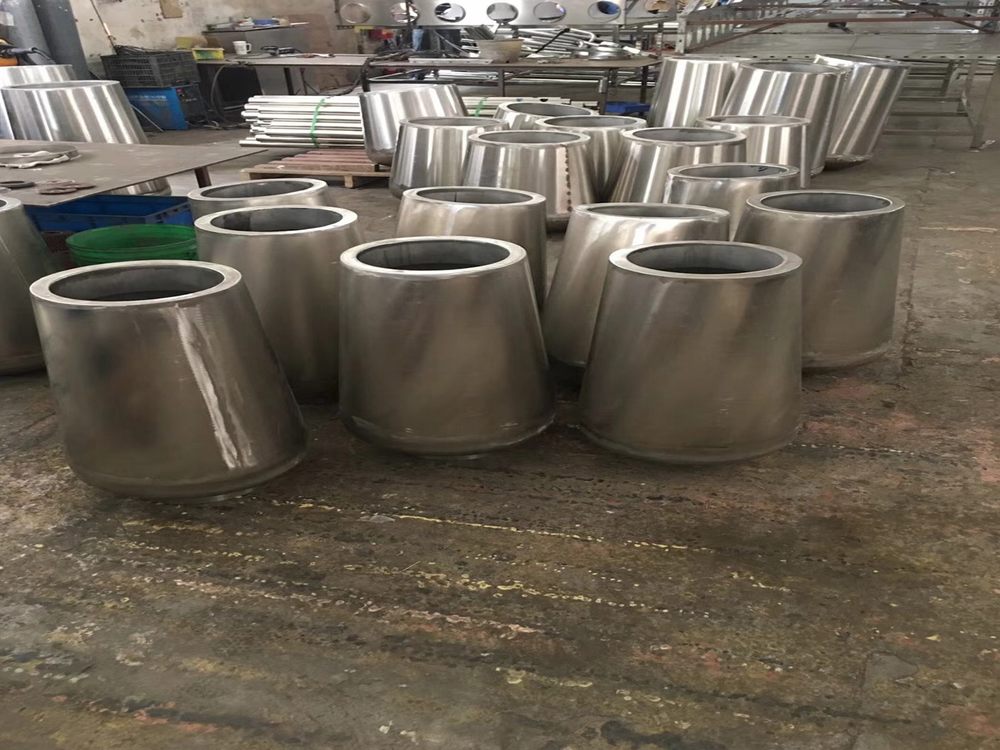
Bronze sculptures have long been revered as timeless symbols of artistry and heritage, playing a pivotal role in the branding of cultural institutions. These enduring artworks serve as visual anchors, instantly recognizable and deeply tied to the identity of museums, galleries, and public spaces. By commissioning or displaying bronze sculptures, cultural institutions communicate their commitment to preserving history while fostering contemporary creativity.
One key contribution is their ability to create iconic landmarks. A well-placed bronze statue becomes synonymous with the institution itself, such as Auguste Rodin’s "The Thinker" at the Musée Rodin. This association strengthens brand recall and attracts visitors seeking a connection to cultural legacy.
Moreover, bronze sculptures facilitate public engagement. Their tactile and monumental nature invites interaction, making art accessible to diverse audiences. Institutions leverage this by organizing educational programs or social media campaigns around these pieces, amplifying their reach.
Finally, bronze sculptures embody permanence and prestige, aligning with the values of cultural institutions. They signal quality, endurance, and a dedication to artistic excellence—qualities that resonate with donors, patrons, and global audiences. In essence, bronze sculptures are not just art; they are strategic tools for branding and storytelling in the cultural sector.

